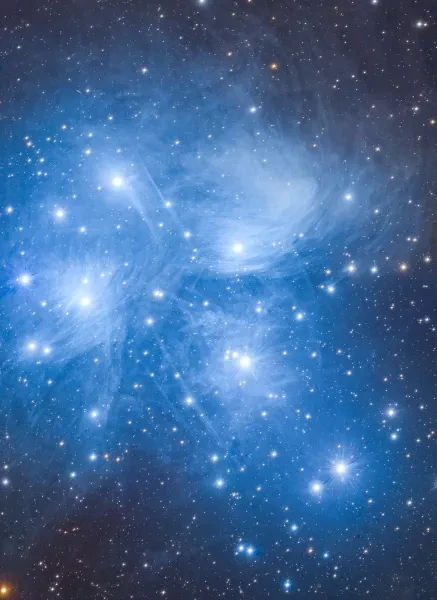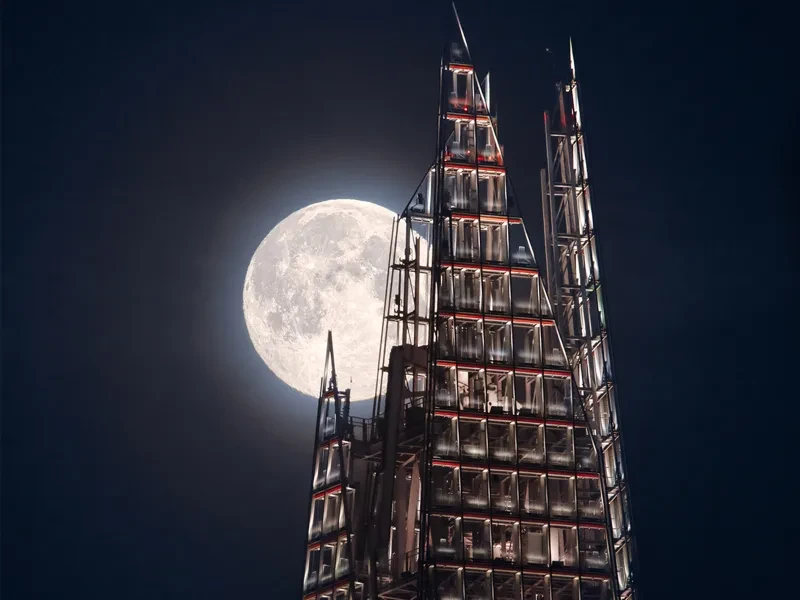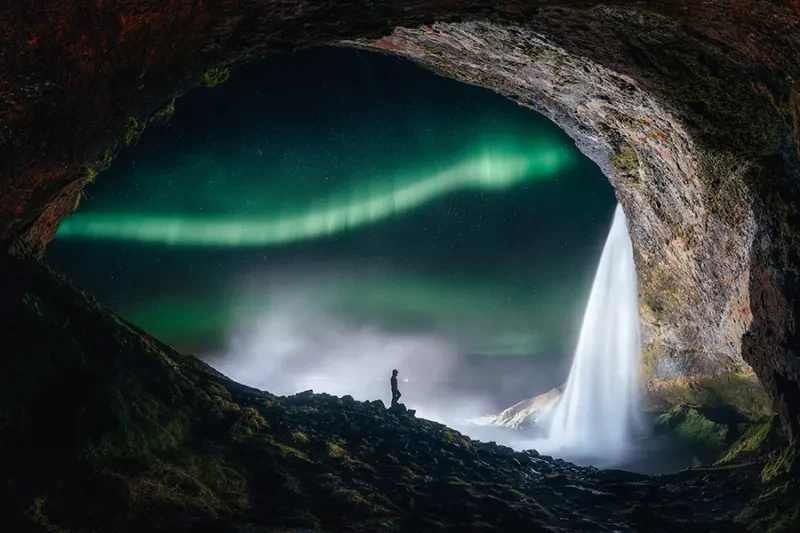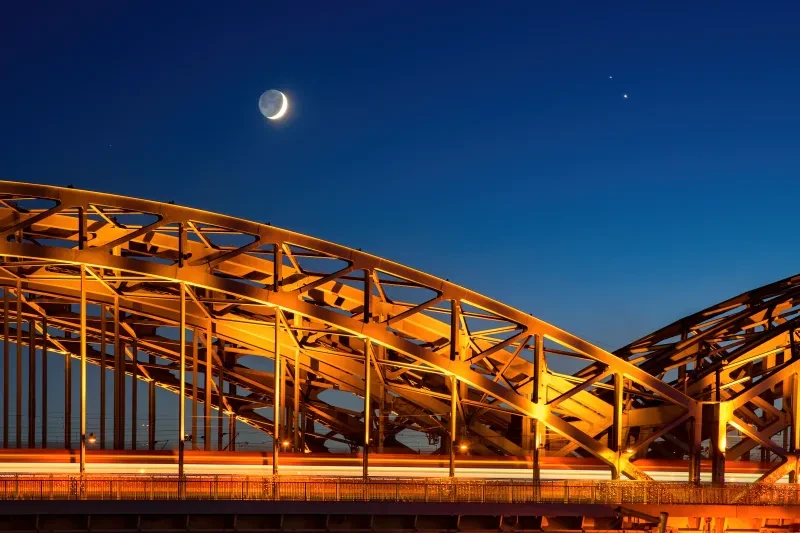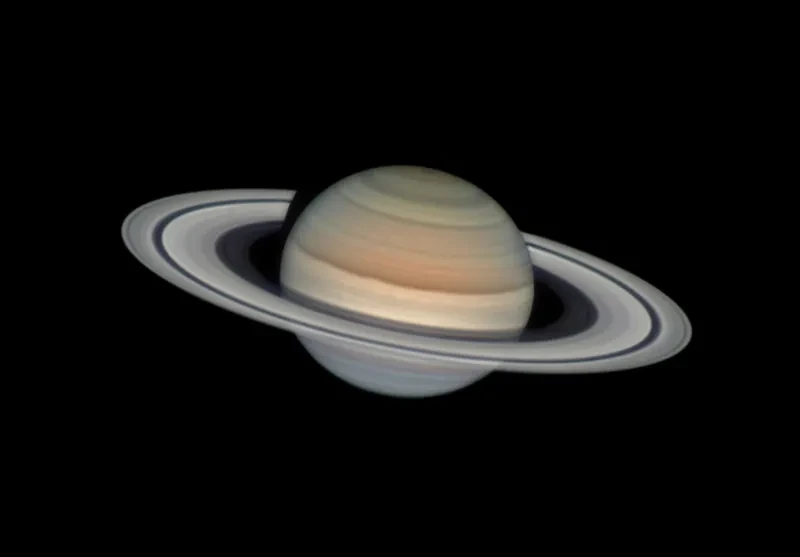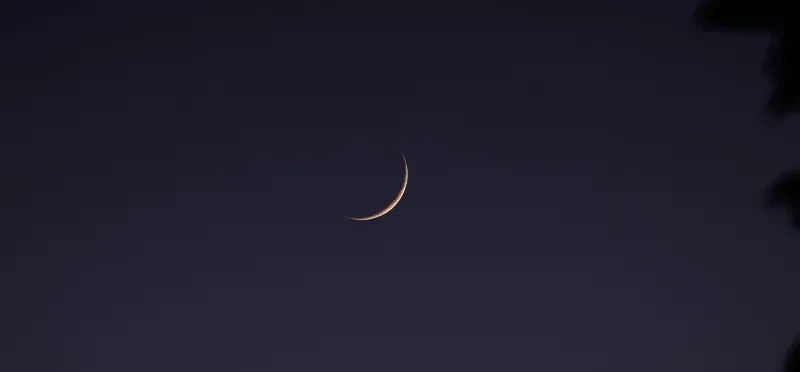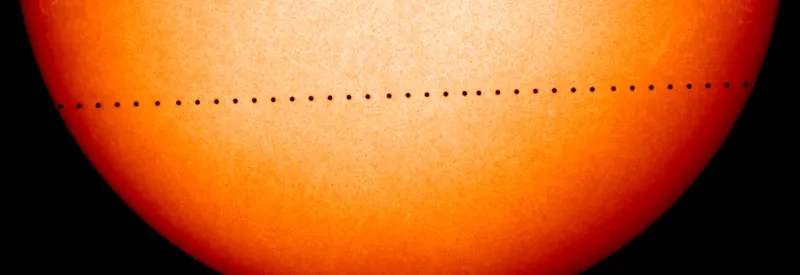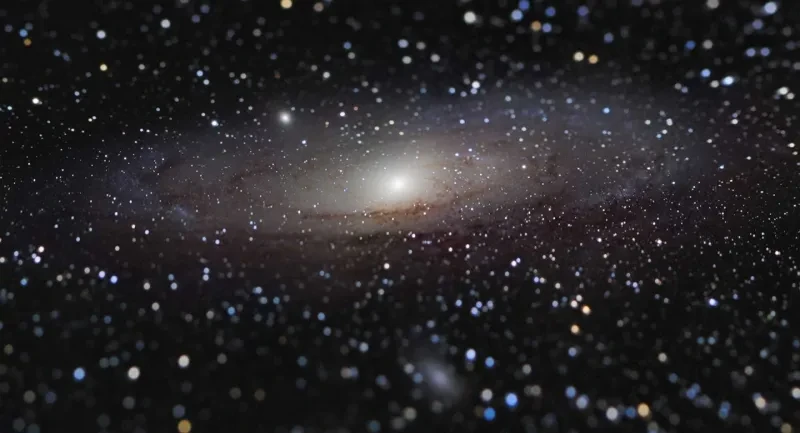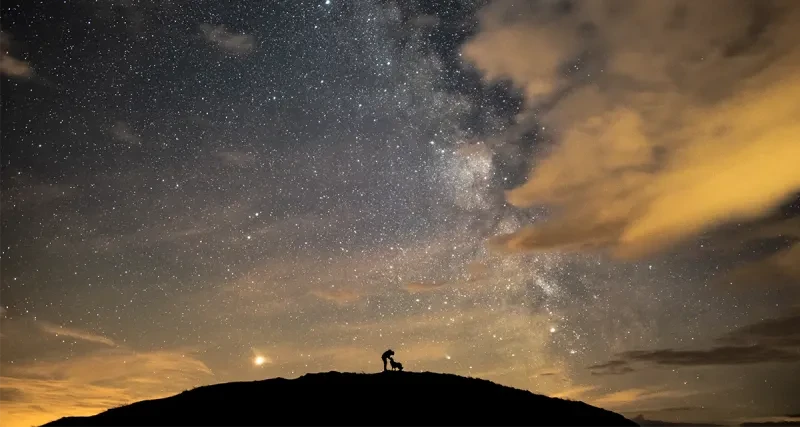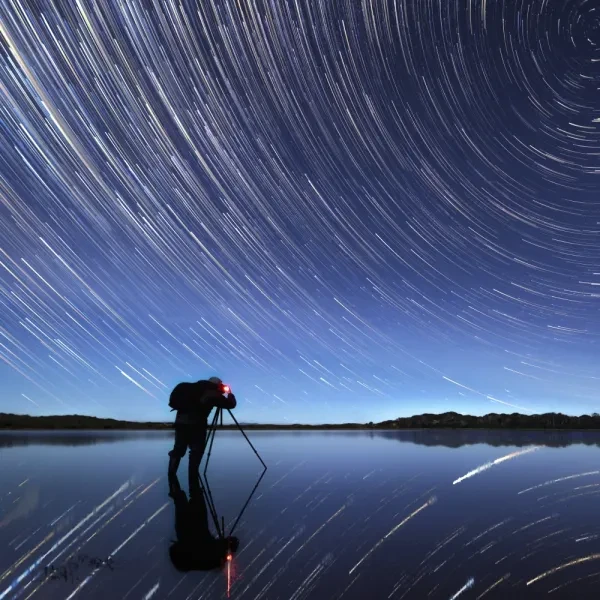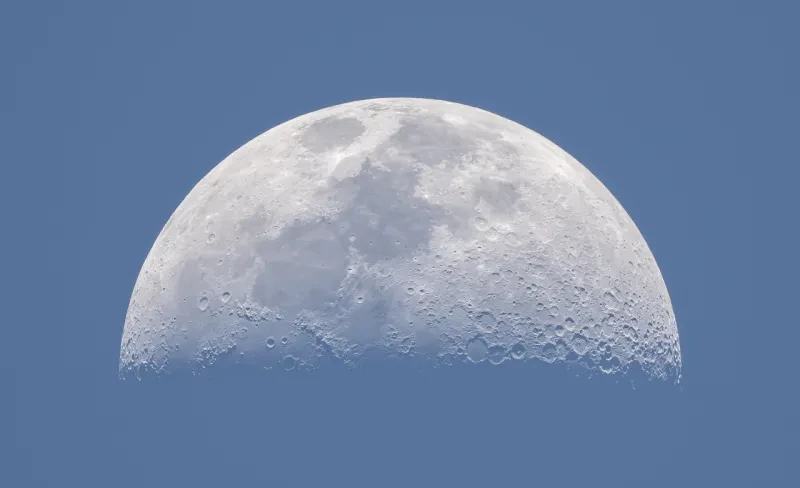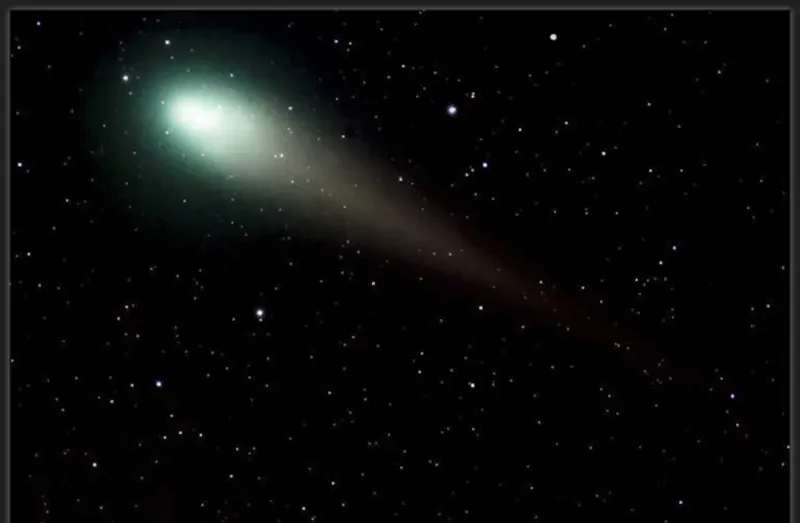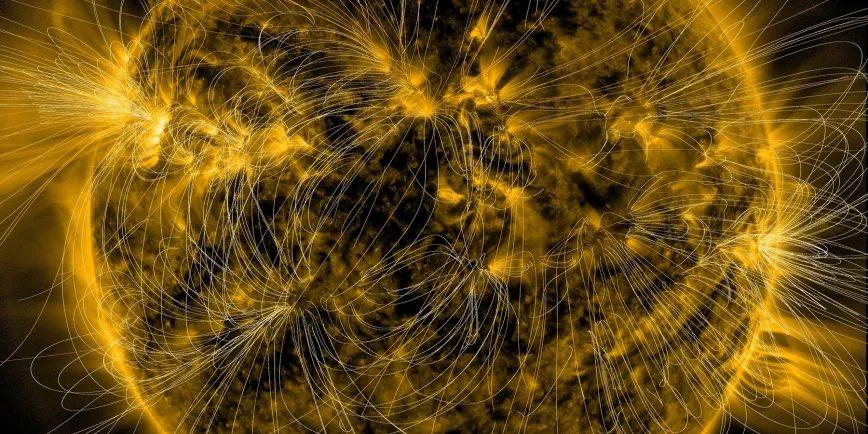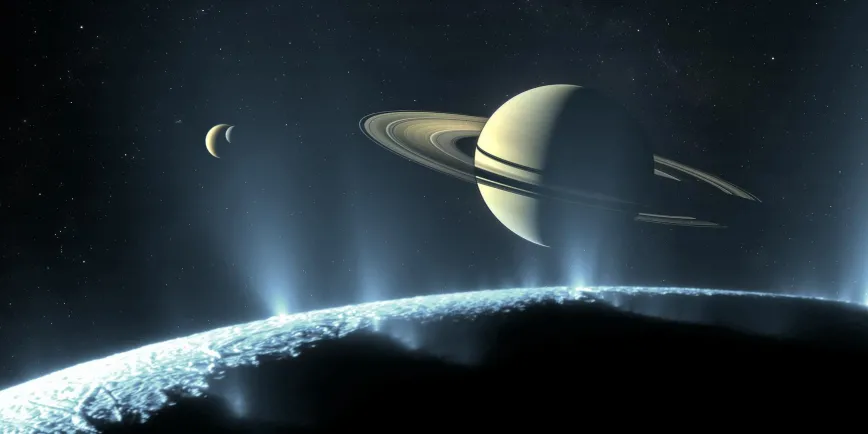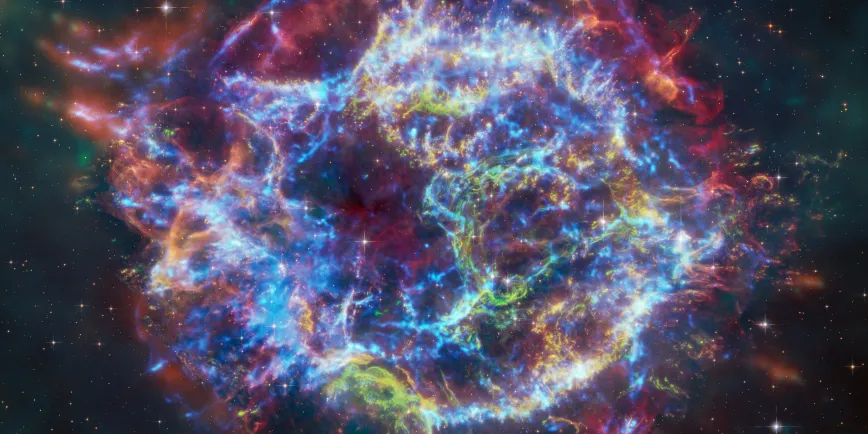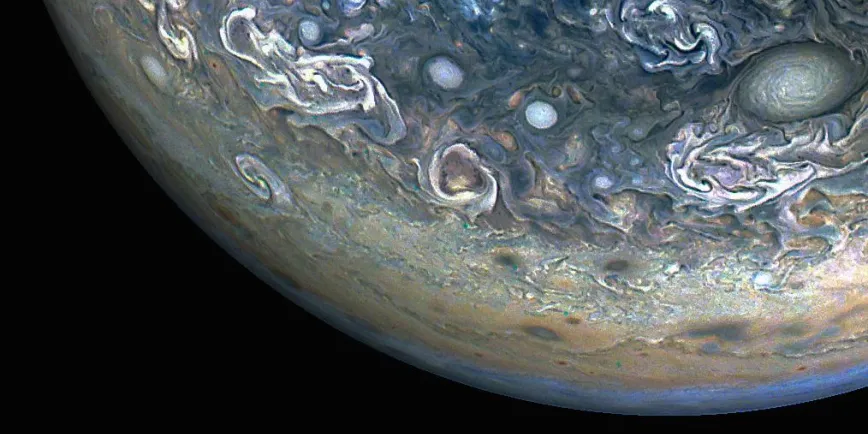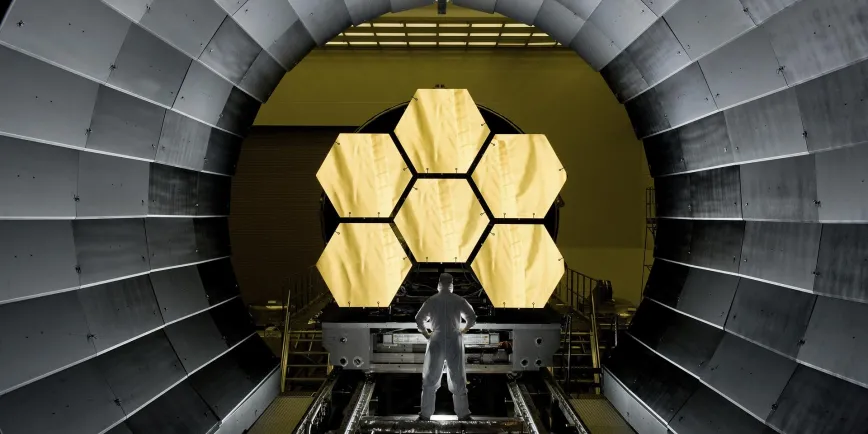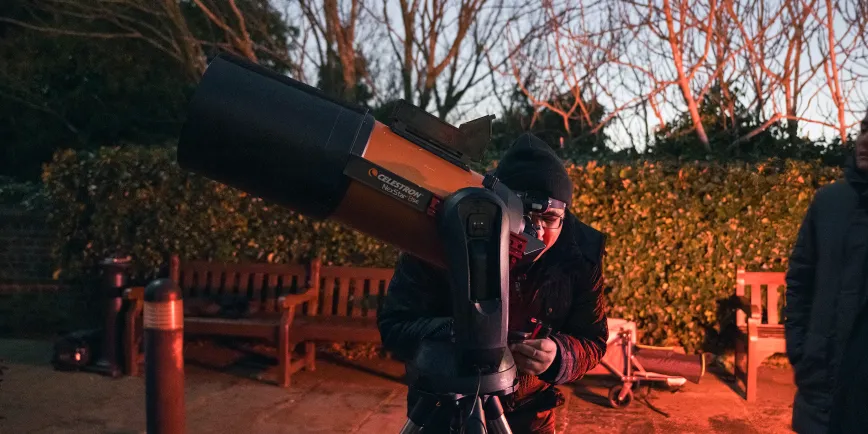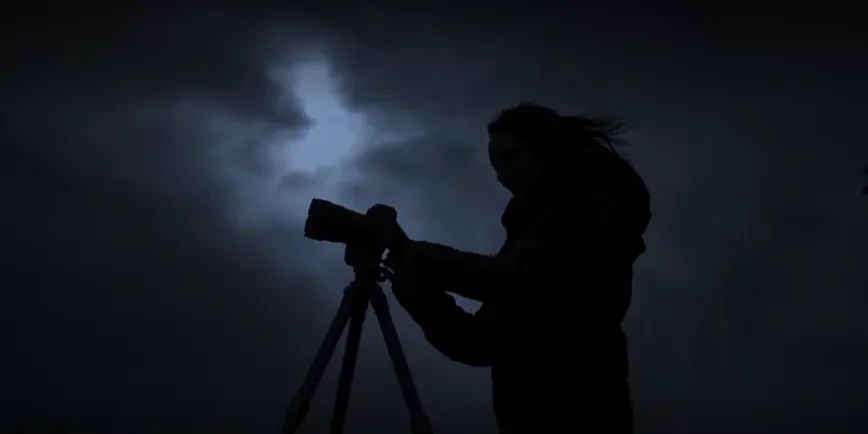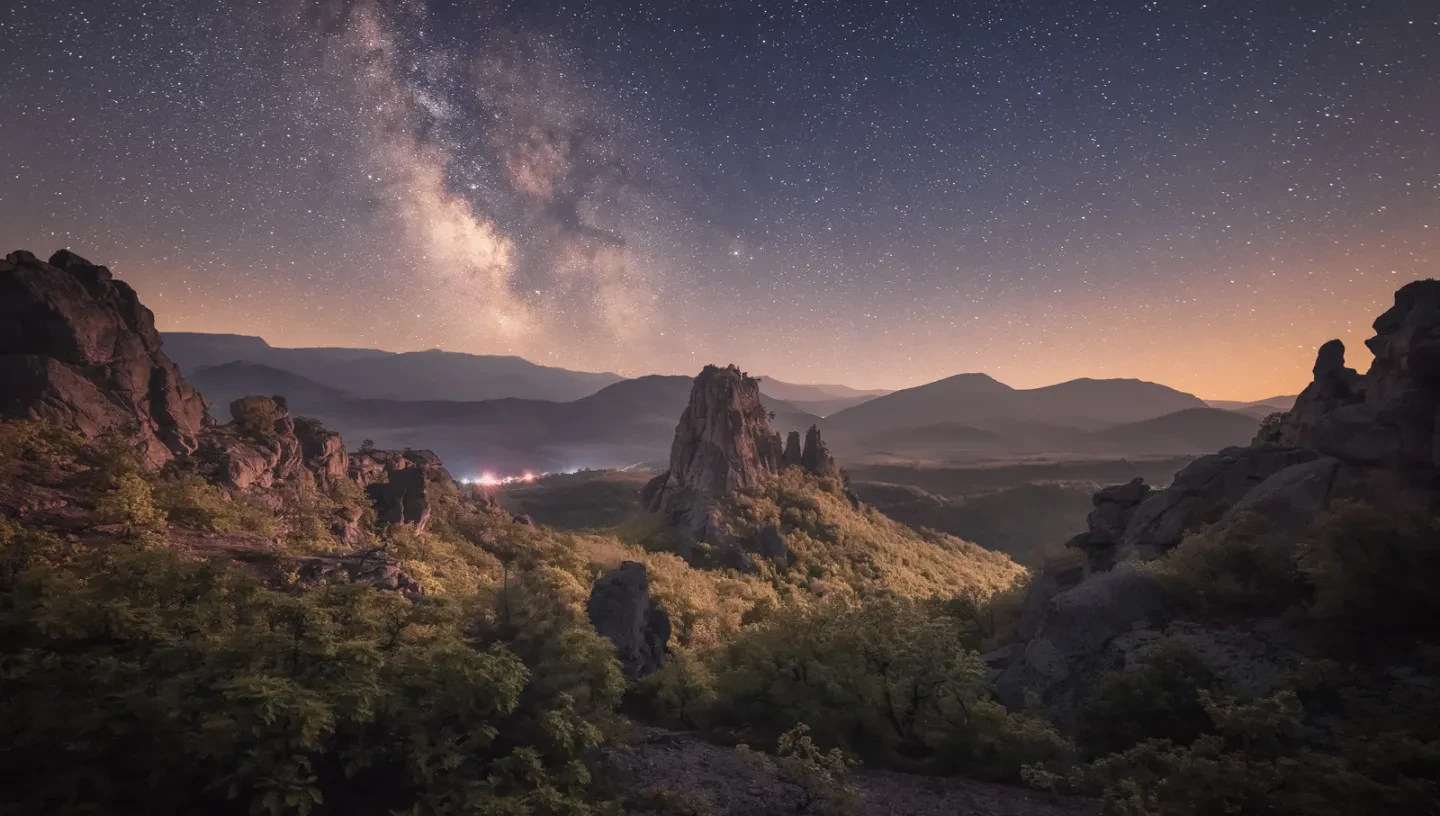
Find out what to see in the night sky this year with astronomers from the Royal Observatory Greenwich.
To find out which stars and constellations are visible in the sky each month, read our monthly night sky highlights blog, or pick up a copy of the 2025 Guide to the Night Sky publication.
You can also explore the pages below to find the best dates to look for meteor showers, full moons, eclipses and more.
To deepen your knowledge of our universe, pick up astrophotography tips from winners of Astronomy Photographer of the Year or join one of the Royal Observatory's in-depth astronomy courses.
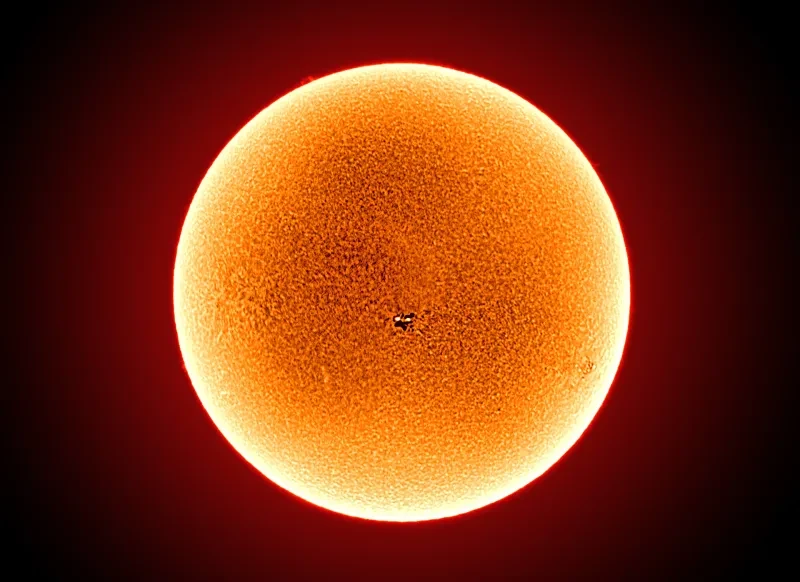
Blog
Read our monthly guides to the night sky, and check out the latest news from the Royal Observatory Greenwich astronomy team

Shop
£6.99
Annually, Guide to the Night Sky is the bestselling stargazing handbook to the planets, stars, and constellations visible from the northern hemisphere...
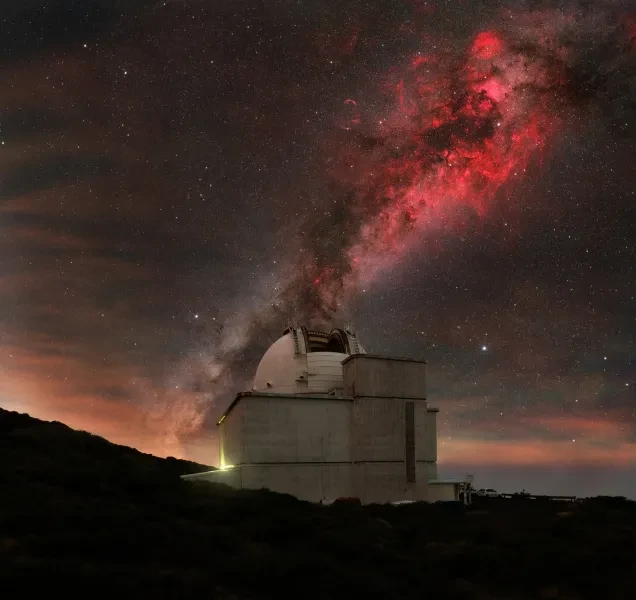
What's worth looking up for in 2025? Discover this year's must-see moments with Royal Observatory astronomers
2025 astronomy calendar
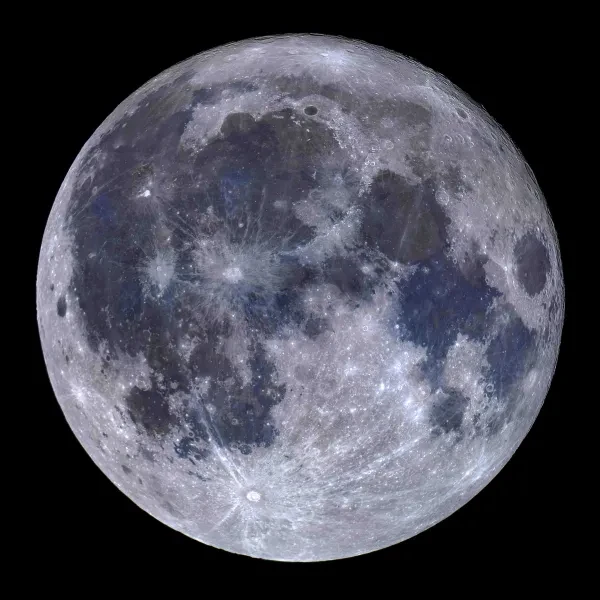
Full Moon calendar 2025
Check the dates for every full Moon throughout the year, learn about the Moon's phases, 'supermoons' and more
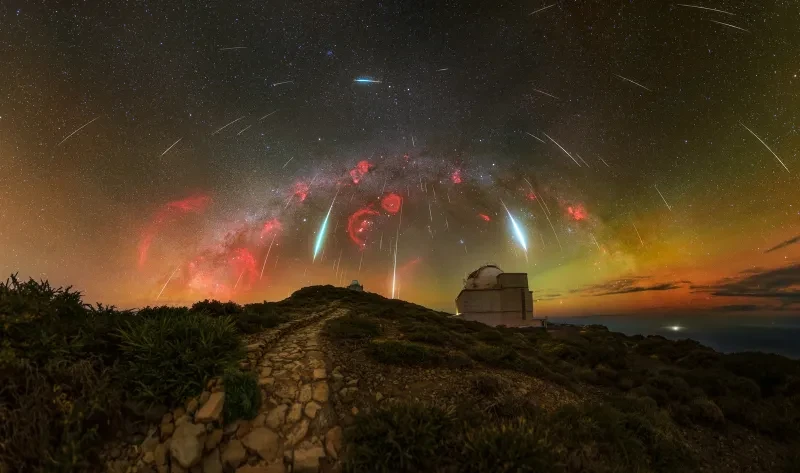
Meteor shower calendar 2025
Want to see shooting stars? Check the key dates for major meteor showers in the UK in 2025, and how to see them in the night sky
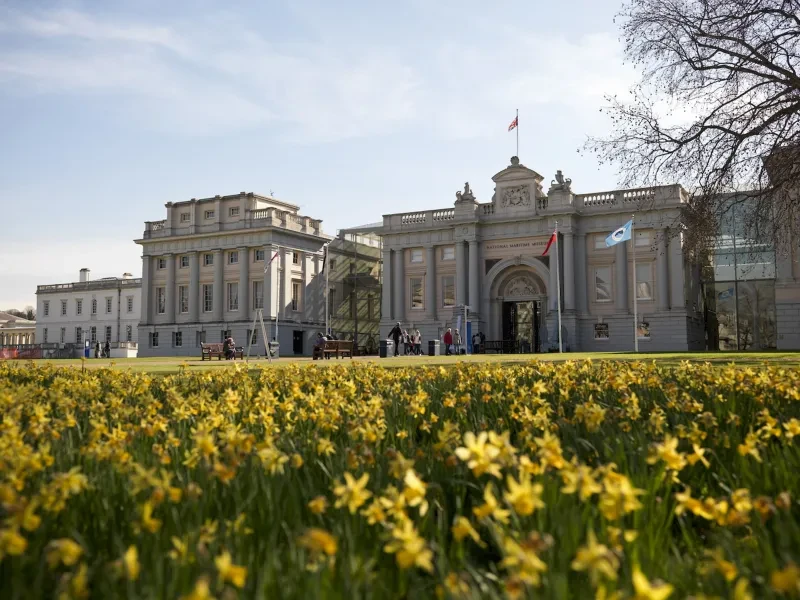
When is the spring equinox?
Did you know there are actually three main definitions for the start of spring?

When is the summer solstice?
When - and what - is the summer solstice? Understand the science behind the solstice with Royal Observatory Greenwich
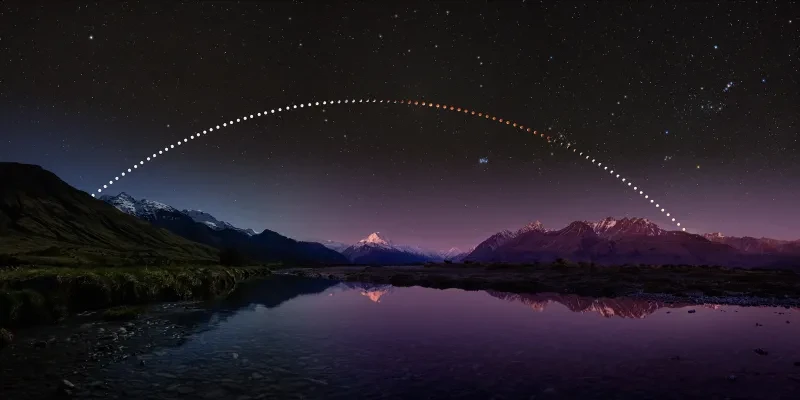
Lunar eclipses
Find out what a lunar eclipse is and when the next total lunar eclipse in the UK will occur
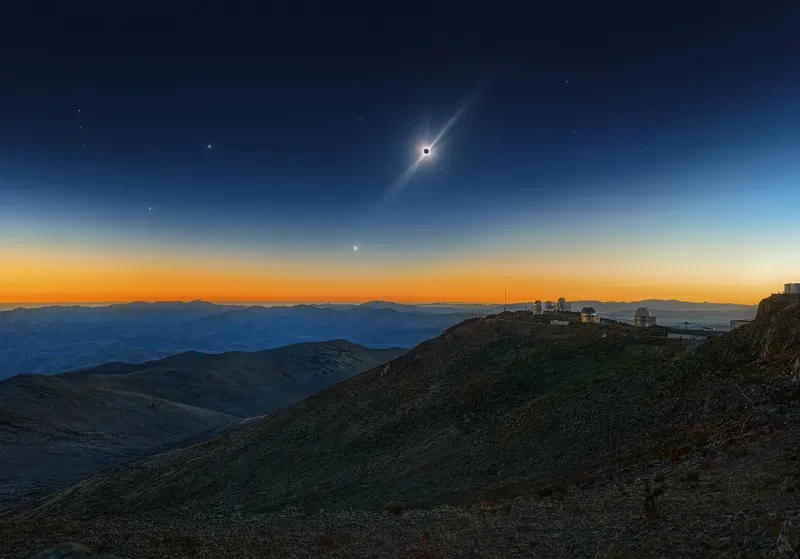
Solar eclipses
Find out everything you wanted to know about partial and total solar eclipses, including when to see them in the UK
Night sky highlights

Noctilucent clouds
Discover more about the astronomy phenomenon that makes clouds appear to glow at night
Stargazing gifts and guides

Shop
from £18.00
Special Price. Save £1.98 when you purchase two astronomy titles from the Royal Observatory Greenwich Illuminates guides together...

Shop
£99.99 £84.99
The Travel Scope 70 is a refractor telescope perfect for terrestrial and celestial viewing on the go.
The Travel Scope can view the planets, moon, star clusters and brighter deep sky objects like the Orion Nebula and Andromeda Galaxy at night and with the erect image star diagonal it makes the optical tube ideal for using as a spotting scope during the day...

Shop
£35.00
This instrument is a perfect introduction to the fascinating study of the night sky. If you’ve ever looked up at a star-filled night sky and wondered what you are seeing, the Stellarscope has all the answers...
Main image: Belogradchik Under the Stars © Radoslav Sviretsov - shortlisted in Astronomy Photographer of the Year 2024
